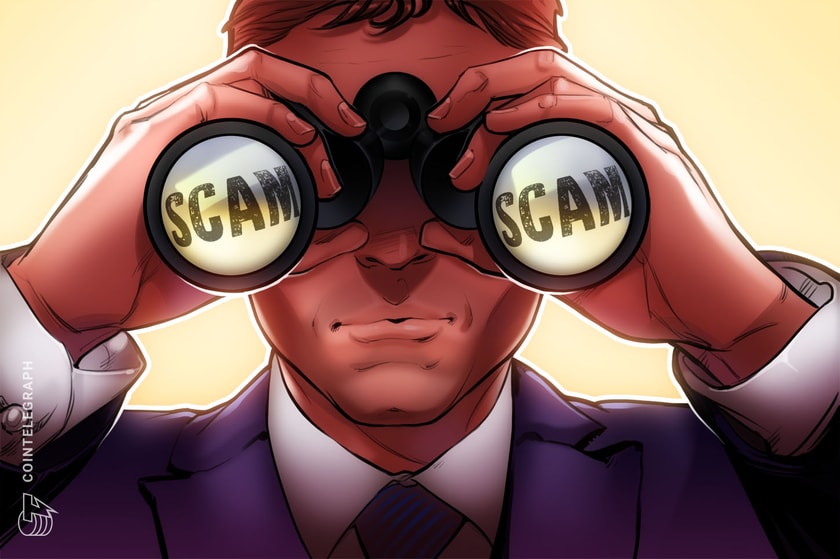
One crypto executive predicted five months ago that spot Bitcoin ETFs would only be approved after Binance lost ground on its market dominance.
Binance’s $4.3 billion settlement with the United States was the final hurdle before the country’s securities regulator approves spot Bitcoin exchange-traded funds (ETFs), many industry watchers claim.
The settlement involved Binance agreeing to Justice Department and Treasury compliance monitors for up to five years, allowing the agencies sweeping powers to keep the exchange in line with Anti-Money Laundering and sanctions rules, among other things.
The Securities and Exchange Commission has cited market manipulation when denying spot Bitcoin ETFs and Binance’s market dominance had to take a hit before BlackRock’s spot BTC ETF application would be approved, according to a June X (Twitter) post by Travis Kling, chief investment officer at Ikigai Asset Management.
“There is no chance, and I mean zero, that this ETF is approved with Binance in its current position of market dominance,” Kling wrote. “If this ETF is approved, Binance is either gone entirely or their role in price discovery is massively diminished.”
Ok here we go. https://t.co/fJ7c3MpaTy
— Travis Kling (@Travis_Kling) November 21, 2023
Kling’s prediction sparked others to consider how closely BlackRock works with the U.S. government to obtain a favorable position in the spot Bitcoin ETF market. YouTuber “Colin Talks Crypto” said it was suspect that Binance's settlement happened "right before a Bitcoin ETF comes out."
“Is it a way for BlackRock to acquire a massive amounts [sic] of BTC for cheap?” he asked. “Is it a way to remove competition from U.S. markets right before the ETFs go live?”
Does it seem fishy to anyone else that #Binance is being found guilty of money laundering right before a #Bitcoin #ETF comes out?
— Colin Talks Crypto (@ColinTCrypto) November 21, 2023
Is there any connection?
For example:
• Is it a way for BlackRock to acquire a massive amounts of BTC for cheap/free?
• Is it a way to remove…
Others noted that BlackRock and its rival Vanguard together own 11.5% of Binance’s top competitor Coinbase and speculated the action against Binance may have been planned.
BlackRock met with the SEC on Nov. 20 and presented how it could use an in-kind or in-cash redemption model for its spot BTC ETF, the iShares Bitcoin Trust.
Binance/DOJ settlement and SEC Spot #Bitcoin ETF approvals are mutuals.
— Andrew (@AP_Abacus) November 20, 2023
Grayscale also met with the securities regulator on the same day, discussing its bid to list a spot Bitcoin ETF. Fidelity, WisdomTree, Invesco Galaxy, Valkyrie, VanEck and Bitwise also await the SEC’s approval of their spot Bitcoin funds.
Related: Binance CEO CZ’s downfall is ‘the end of an era’ — Charles Hoskinson
Mike Novogratz, CEO of digital asset investment firm Galaxy Digital said the Binance settlement is “super bullish” for the cryptocurrency industry.
Not everyone sees the point in guessing if the Binance news will lead to spot BTC ETF approvals.
In a note to Cointelegraph, Piper Alderman partner Michael Bacina suggested it is best to let the speculation run its course.
Magazine: Deposit risk: What do crypto exchanges really do with your money?








